An incredible tablet for a market that isn't quite there.
Update, February 2021: Galaxy Tab S7+ review, six months later
The Galaxy Tab S7+ is the latest and greatest in Samsung's continued effort to keep Android tablets alive — but Android tablets often get a bad rap for their lack of properly optimized apps that scale well to large screens. With such a diminutive market share, there simply hasn't been much incentive for developers to create separate tablet versions of their apps for anything but the iPad.
While Samsung can't singlehandedly force developers to suddenly upend their entire business model, the company has done a tremendous job at mitigating the app support problem with clever software of its own, while at the same time offering incredible hardware that rivals any tablet to come out of Cupertino.
In my time with the Galaxy Tab S7+, I've found myself both impressed by the relatively polished software experience and frustrated at the pervasive shortcomings of Android itself as a tablet platform. While I certainly don't plan on ditching my laptop, this is easily the best Android tablet around, and the closest we've gotten on the Android side to a truly viable PC replacement.
Samsung Galaxy Tab S7+
Bottom line: The Tab S7+ is an incredibly well-designed tablet with a stunning display that's perfect for watching movies or playing games on. Android still has a lot of catching up to do as a tablet platform, but Samsung has done an excellent job at minimizing its inherent problems through its DeX interface. You also get top of the line specs and performance, as well as an S Pen included in the box.
The Good
- One of the best displays on any tablet
- Incredibly thin, sturdy aluminum design
- Samsung DeX mitigates Android's lack of tablet app support
- Keyboard cover feels terrific to type on
- S Pen included at no extra charge
The Bad
- Persistent issues with Android apps on tablets
- App behavior in DeX is often unpredictable
- Ungainly size and weight when used handheld
$769 at Amazon $800 at Best Buy $770 at B&H
Samsung Galaxy Tab S7+ Price & release date
The Galaxy Tab S7+ launched on September 18 starting at $849.99 in the U.S. for the Wi-Fi-only model with 6GB of RAM and 128GB of storage. In addition, there are upgraded models with 8GB of RAM and either 256GB or 512GB of storage available for $929.99 and $1029.99 retail, respectively, as well as 5G-capable variants of the 128GB model sold through U.S. carriers for $1049.99 retail.
In the six months since its release, the Galaxy Tab S7+ has seen a number of discounts, currently available for roughly 10% off of each configuration from most retailers.
Samsung is offering the Galaxy Tab S7+ in Mystic Black, Mystic Silver, or Mystic Bronze. I'm quite fond of the Mystic Black I was sent for testing, but we've been big fans of the Mystic Bronze finish on several of Samsung's other 2020 releases, which adds a pop of rose gold-esque color.
Samsung Galaxy Tab S7+ What I like
Samsung's doing a lot of things right with the hardware. The Galaxy Tab S7+ is a large tablet with a 12.4-inch display, but it feels almost impossibly thin at just 5.7mm, without feeling by any means fragile thanks to a solid aluminum build. It's a bit heavy to hold for extended periods, weighing in at just under 1.3 pounds, but that's still lighter than other similarly sized tablets like the 12.9-inch iPad Pro.
| Category | Samsung Galaxy Tab S7+ |
|---|---|
| Operating System | Android 11 |
| Display | 12.4 inches, 16:10 aspect ratio, 2800x1752 (266 ppi) resolution, Super AMOLED |
| Processor | Snapdragon 865+ |
| Memory | 6 / 8GB RAM |
| Storage | 128 / 256 / 512GB |
| Expandable Storage | Yes (Up to 1TB) |
| Rear Camera | 13MP, ƒ/2.0, 1.0µm (wide) 5MP, ƒ/2.2, 1.12µm (ultra-wide) |
| Front Camera | 8MP, ƒ/2.0, 1.12µm |
| Security | Optical in-display fingerprint sensor |
| Battery | 10,090mAh |
| Dimensions | 285 x 185 x 5.7 mm |
| Weight | 575g |
| Colors | Mystic Black, Mystic Silver, Mystic Bronze |
Of course, the star of the show is the display itself. Like much of Samsung's flagship smartphone lineup this year, the Tab S7+ features a 120Hz refresh rate that, combined with the 240Hz touch sampling rate, makes the software feel incredibly snappy and responsive.
Unsurprisingly, this display also gets plenty bright for use outside and has incredible color reproduction. In classic reviewer trope fashion, I edited all of the photos in this review from the Tab S7+ itself in Adobe Lightroom, to really get an appreciation for the display's gorgeous colors.
I also wrote a majority of this review from the Tab S7+ itself using the detachable keyboard cover. You'll need to buy it separately (and at no small cost), but the key travel and overall feel is wildly improved over the keyboard on last year's Tab S6, and frankly feels better than the keys on my 2018 MacBook Pro. You also get a full function row up top and a decent-sized trackpad below the keys.
I'm also a fan of the new back cover that comes with the keyboard, which is thankfully magnetized this time around — last year, the cover had to be permanently adhered to the back of the Tab S6, which seemed absolutely insane to me. With it comes a fantastic kickstand that can hold its position at nearly any angle, along with a cover to keep the S Pen in place while it magnetically charges on the back of the tablet.
Those accessories are essential add-ons if you ask me. Even being this thin, a 12.4-inch tablet is just massive to try and use handheld like a clipboard, and you'll really want the kickstand cover for watching movies and YouTube videos — and with a screen this good, you'll probably be doing that a lot. Of course, the quad speakers tuned by AKG don't hurt either. They get surprisingly loud and sound fantastic for sitting in such a thin device.
That screen also hides an optical in-display fingerprint sensor, which works about as well as it does on Samsung's phones released around the same time frame — in other words, good, but not great. Overall, I like that it's here; it's certainly easier than typing in a long password, especially when I don't have the keyboard attached. But you can also fall back on camera-based facial recognition or any of Android's other various authentication methods.
Thanks to the new 120Hz refresh rate, the S Pen feels just as smooth on the Tab S7+ as it did on the Note 20 Ultra. There's almost zero latency, and writing or drawing on the screen feels as close to a real pen on paper as I've ever experienced on a slab of smart, glowing glass. Best of all, the S Pen is included in the box!
As I alluded to before, though, one of the best (and worst) features of the Tab S7+ is its software — and more specifically, how Samsung manages to circumvent a lot of Android's inherent problems on tablets. By default, the software experience on the Tab S7+ pretty much holds true with the "just a big phone" stereotype; Android doesn't do much of anything to distinguish its software based on screen size.
But I almost never use the Tab S7+ in its default setting, because launching into Samsung's DeX interface unlocks an entirely new way to use the tablet. On Samsung's phones, DeX basically only works when connected to an external monitor and keyboard (though more recently, Wireless DeX allows you to cast your phone's screen onto a TV). On the Tab S7+, however, DeX works natively to offer a full desktop-like experience, complete with a taskbar and windowed apps.
This allows you to treat the Tab S7+ like you would a traditional laptop. You can open multiple apps in floating windows, then drag an app window to any edge of the screen to snap it to that portion. You can also use app windows to run apps that don't scale well for tablets (such as Instagram) in smaller, more practical views. DeX makes a massive difference in the tablet's overall usability.
Samsung Galaxy Tab S7+ What I don't like
Sadly, the biggest strength of the Tab S7+ is also its most frustrating shortcoming. DeX still works a bit better as an idea than it does in practice; the trackpad, while a nice alternative to using your finger or the S Pen for every move, can't do simple tasks like a click-and-drag to highlight text. Instead, you have to double-click a word to highlight it, then click and drag the sliders to expand your selection.
I also found the window snapping tool to be annoyingly clunky. Particularly when using your finger rather than the cursor, dragging windows to the edge of the screen doesn't always activate the snapping tool, instead moving the window off-screen. There's also the typing experience. Despite the keys themselves having great travel and tactile feel, the language switcher button to the right of the space bar often interrupts the characters you type and leads to missed letters or spaces.
Of course, that's all still better than running the tablet without DeX, at which point non-optimized apps like Instagram and, to a lesser extent, Twitter, fill the entire screen, with hilariously impractical settings like multimedia spanning the entire width of the screen. Using the Tab S7+ without DeX mode really isn't a great experience for much beyond watching videos.
And while I appreciate that windowed apps in DeX allow you to use phone-optimized versions of many apps, Android itself still just lacks some of the tools I'd love to see in a tablet that is ostensibly made just as much for content creation as consumption. Samsung's Notes app is excellent, sure, and there's even a halfway-decent video editor built into the Gallery app that lets you add text, trim videos, and even combine multiple clips into rudimentary timelines.
If you're after more professional-grade creation tools, though, the Play Store pickings are still relatively slim. Adobe Premiere Rush, one of Android's few robust video editors, can't even be downloaded on the Tab S7+. There are also very few options as far as audio production workflows go. There's still no full version of Photoshop for Android, just Express and Camera.
These are the sort of missing features that make it easy to fall back onto the classic "just get an iPad" retort, as Joe mentioned in our review of the smaller and slightly cheaper Galaxy Tab S7. It may be a bit of a tired argument by now, but it's a valid one. Sure, not everyone needs dense creative media tools, but this is a wildly expensive option if all you're after is something to write or watch YouTube and Netflix on.
The competition
On the Android side, the Galaxy Tab S7+ is undoubtedly the most powerful and capable tablet around, but it's a bit overkill for some users. If you don't need such a massive tablet, you can save about $200 by grabbing the Tab S7 instead, which fits all of the same features and specs into a smaller footprint. The keyboard isn't quite as roomy, of course, and split-screen apps will feel a bit more cramped, but in exchange, you'll get a lighter device that's a bit easier to carry one-handed.
Of course, if you really just want something simple for watching videos on the go, you don't need to go all out and spend hundreds of dollars on a tablet with a Snapdragon 865+ processor. Samsung's older Galaxy Tab S5e is a great, affordable tablet that still holds up well today for simple media consumption. If you truly want the cheapest possible option, there's also the Galaxy Tab A or even the Amazon Fire HD 8 to consider, either of which will barely run you $100.
Samsung Galaxy Tab S7+ Should you buy it?
You should buy this if ...
You want the best Android tablet around
The Galaxy Tab S7+ has a powerful Snapdragon 865+ processor, up to half a terabyte of expandable storage, a stunning 120Hz display, and the ever-capable S Pen stylus. Samsung's DeX software goes a long way to alleviating Android tablet app concerns and allows you to use the Tab S7+ as you would a laptop, with windowed apps and an excellent keyboard.
You do a lot of drawing or notetaking
The S Pen comes free in the box with the Tab S7+ and feels more responsive than ever. The 120Hz refresh rate and 240Hz touch sampling rate give you a nearly 1:1 writing experience, making the S Pen and Tab S7+ almost feel like pen and paper.
You don't mind a larger tablet
The 12.4-inch Super AMOLED display on the Tab S7+ is gorgeous and leaves plenty of room for comfortably multitasking when in DeX mode. But it means that when you're using the tablet handheld, it's a bit large and ungainly. You'll more than likely want to use the Tab S7+ with its keyboard most of the time.
You should not buy this if ...
You need a variety of pro-grade creative apps
Powerful multimedia creation tools are still largely reserved for iPadOS and dedicated computers. You won't find a full version of Photoshop on the Play Store, nor are there many video-editing apps beyond the simple built-in tools in the Samsung Gallery app.
You aren't willing to put up with temperamental software
Samsung has done a great job of optimizing the software on the Tab S7+ to make the most of Android on a big screen, but it still has a ways to go. DeX can be buggy, with unexpected behaviors that don't work quite like a traditional computer, while app support outside of DeX remains sparse.
I'm at a crossroads with the Galaxy Tab S7+. The hardware is absolutely stunning, with one of the best displays I've seen on any device and an unbelievably thin yet rigid build. The software is excellent as well and makes the best of Android's suboptimal app situation. Samsung did just about everything right with this tablet, priced it lower than the comparable iPad Pro, and even managed to toss in the S Pen for free.
But $850 is still a huge amount of money to spend on such a high-end tablet without the apps available to take advantage of its top-tier specs — and that's before you add in the near-essential keyboard cover for another $230. The Tab S7+ is an excellent device for gaming, writing, and video streaming, but so are plenty of other tablets for a fraction of its price. This is easily the best Android tablet on the market right now. I'm just not sure the market suits it.
Samsung Galaxy Tab S7+
Bottom line: The Tab S7+ has a stunning 120Hz display with powerful specs and S Pen stylus support. Its software optimizations don't completely negate Android's tablet app disparity, but it's easily the best Android tablet you can buy.
$769 at Amazon $800 at Best Buy $770 at B&H
Samsung Galaxy Tab S7+ Six months later
As we're starting to hear whisperings and rumors of the Galaxy Tab S8, the Tab S7+ remains the undisputed champion of the Android tablet space. It's not particularly surprising; with so little competition, it's unlikely we'll see another Android tablet come even close to matching the Tab S7+ until its successor arrives.
Just last month, the Galaxy Tab S7+ received an update to Android 11, bringing with it Samsung's One UI 3.1. The new software makes this already blazingly fast tablet feel even snappier, with smoother animations and a nice (though subtle) visual overhaul. More importantly, it brings new features that make the Tab S7+ much more compelling in tandem with other recent Samsung releases like the Galaxy S21 Ultra.
Device interoperability was front and center with the One UI 3.1 update. The new Continue Apps feature lets you pick up on the Tab S7+ right where you left off on another device running One UI 3.1 like the S21 Ultra (or vice-versa) in supported apps. That list currently consists of just Samsung Internet and Samsung Notes, but the feature works well and will presumably expand to other apps over time.
Device interoperability is a huge perk of One UI 3.1.
In addition, you can seamlessly sync your clipboard between devices, making it easy to, say, copy text on your Galaxy phone and paste that text on the Tab S7+. You can also now share the Tab S7+'s keyboard with another Galaxy device by pressing the Cmd+Lang keys simultaneously, and even use the Tab S7+ as an extended monitor for a Windows PC, mirroring Apple's excellent Sidecar feature on the iPad.
These features make owning the Tab S7+ and a Samsung phone much more compelling, and can even make the Tab S7+ a great secondary device to bring with you on work trips alongside your Windows laptop. Sadly, as a standalone machine, the glaring software issues I wrote about before are still here.
I still can't download Adobe Premiere Rush from the Play Store or Galaxy Store, and there's still no desktop version of Photoshop to be found, nor a competent DAW for audio work. A lot of the blame for that falls on Adobe, of course, and even Google for not compelling more developers to build apps for Android tablets. But regardless of who's to blame, this tablet is no better suited for creative professionals now than it was six months ago.
Until there are more pro-grade apps available to take advantage of the Tab S7+'s hardware, it's still hard to recommend anyone go out and spend top dollar on this tablet, even at its modestly discounted new price. If you want a powerful tablet to play high-end games on, the baseline Tab S7 still feels like a far more pragmatic purchase. For others aiming to do simpler tasks like writing, web browsing, and video streaming, most other Android tablets will do just as well as the Tab S7+ for a fraction of the price.
Just as I concluded in my intial review, this is without a doubt still the best Android tablet money can buy, but I'm not convinced that's worth much these days.
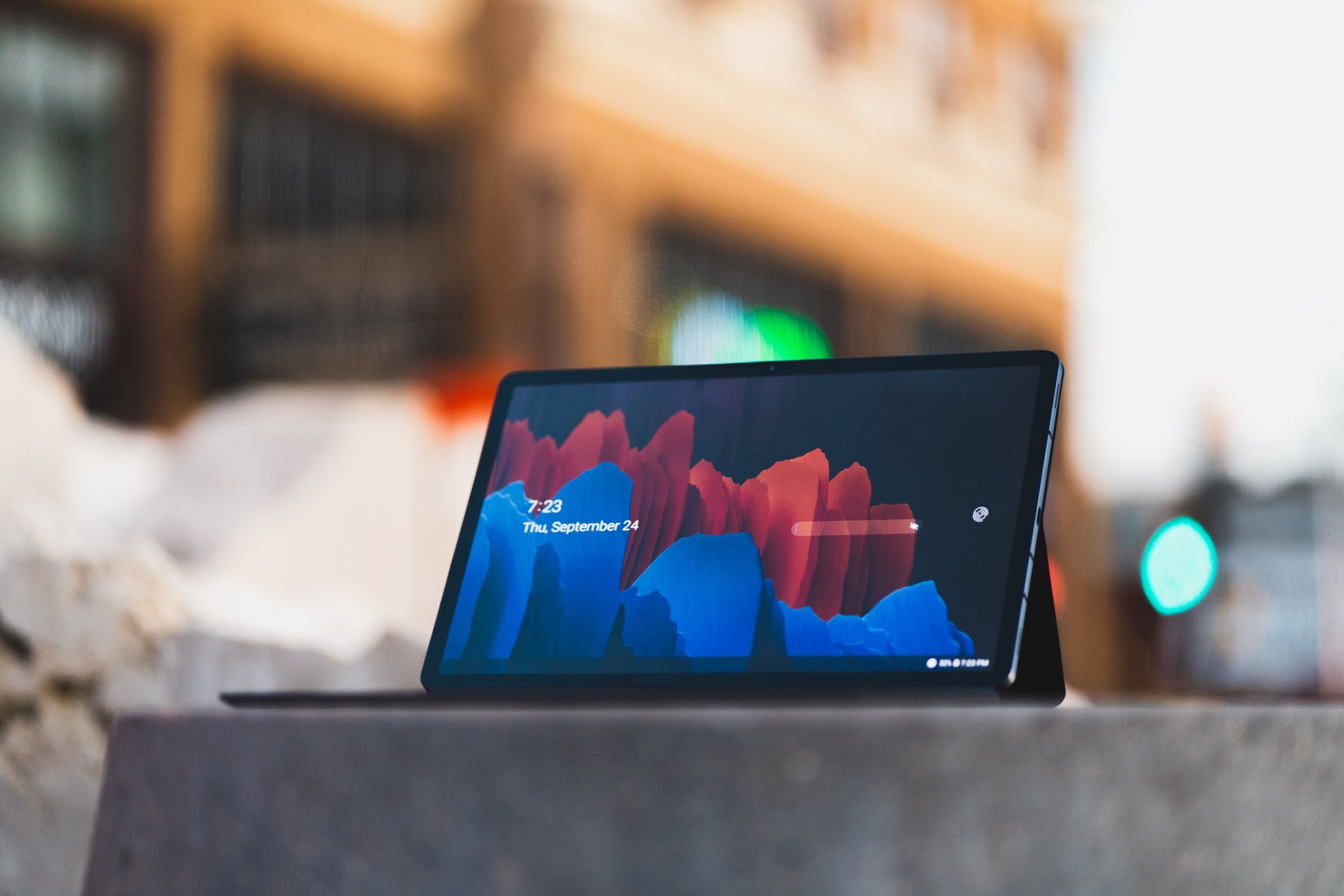
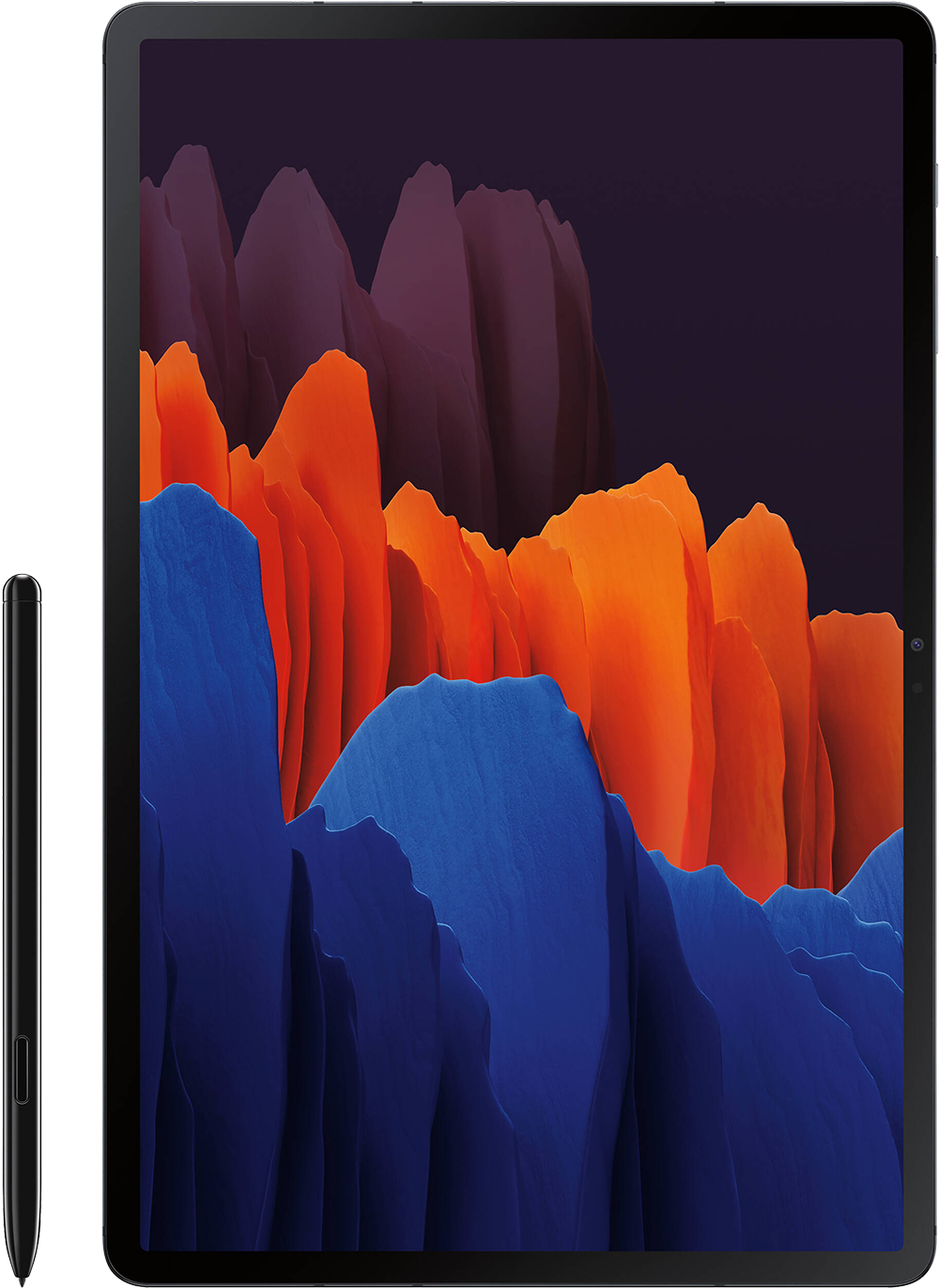
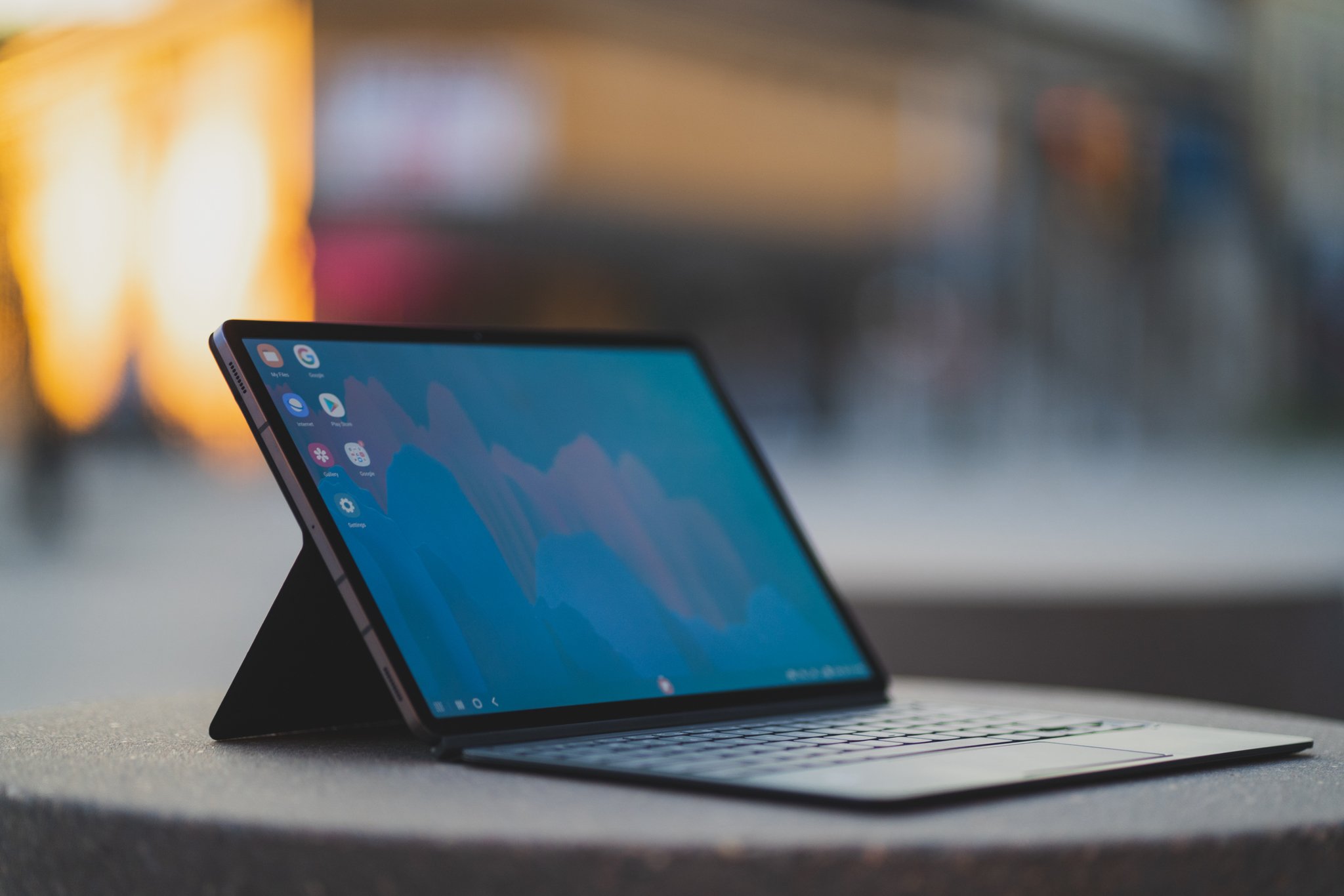
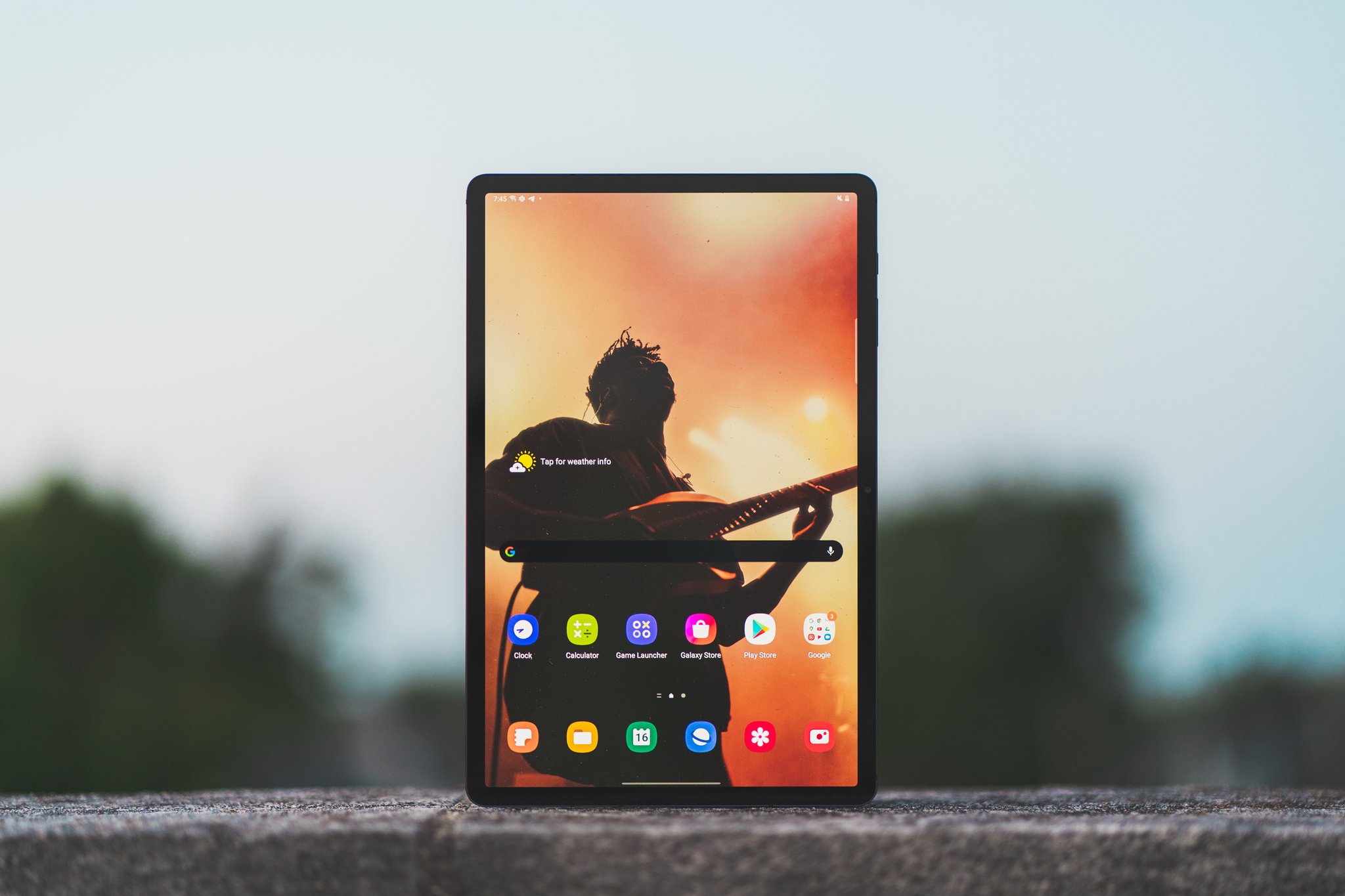
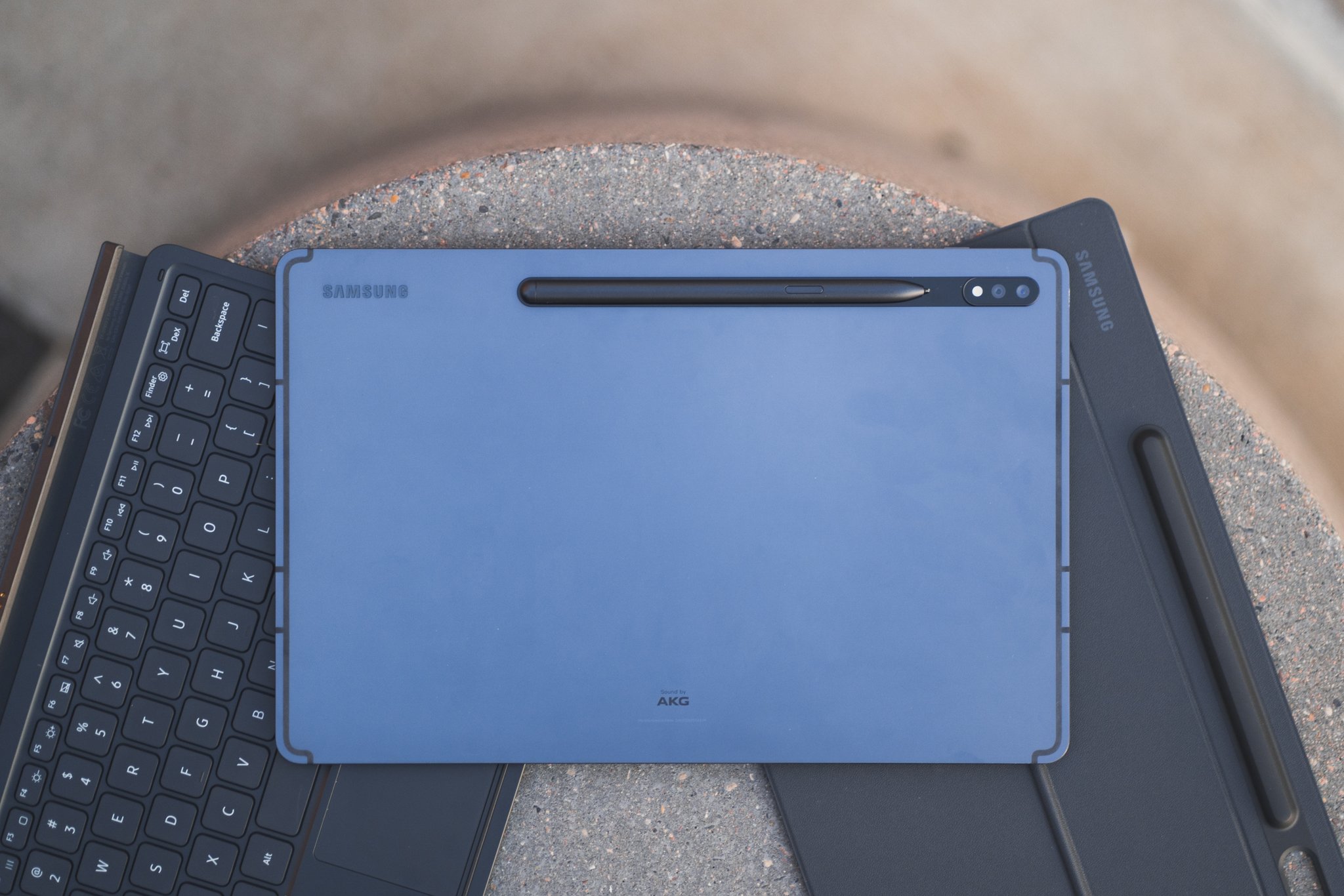
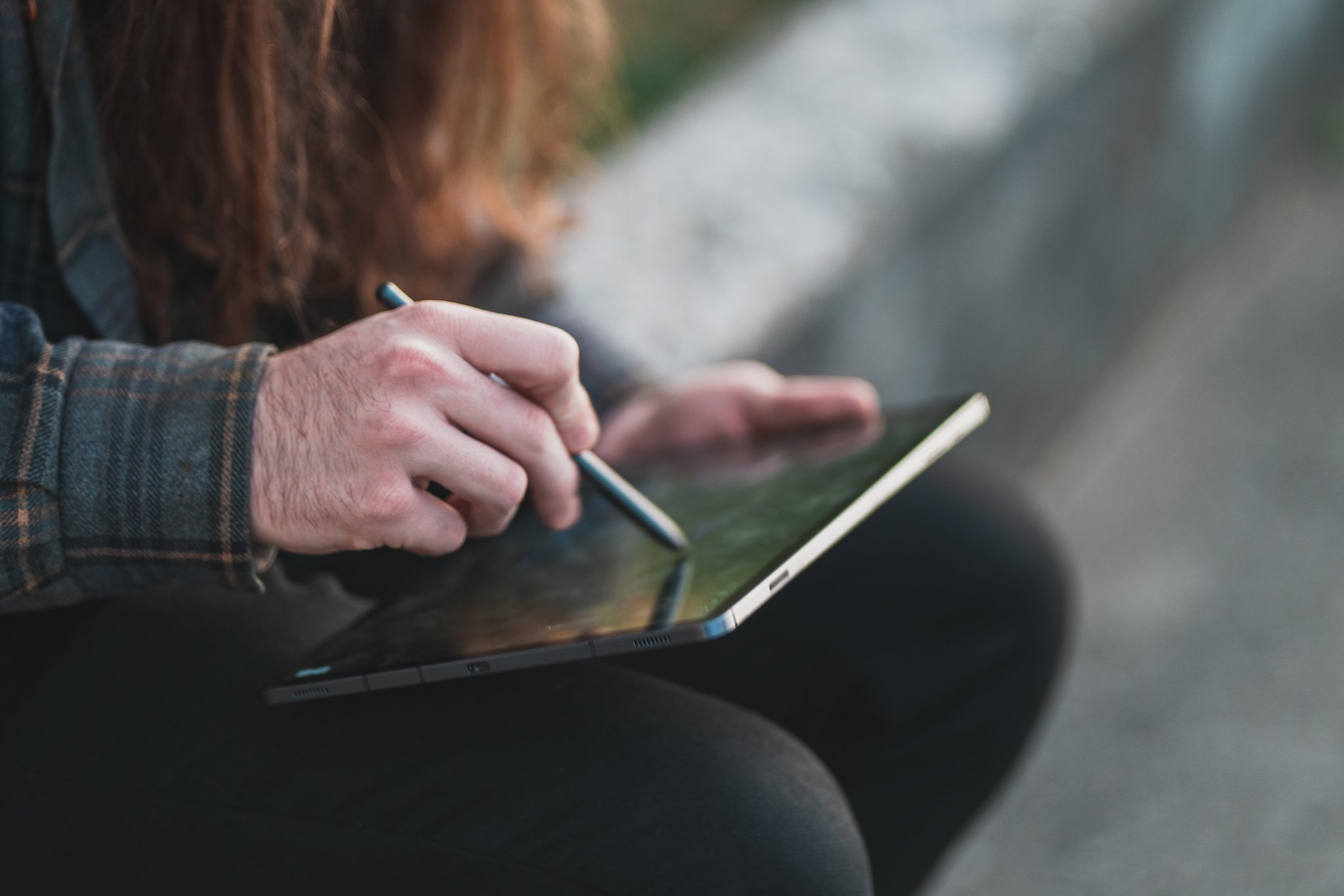
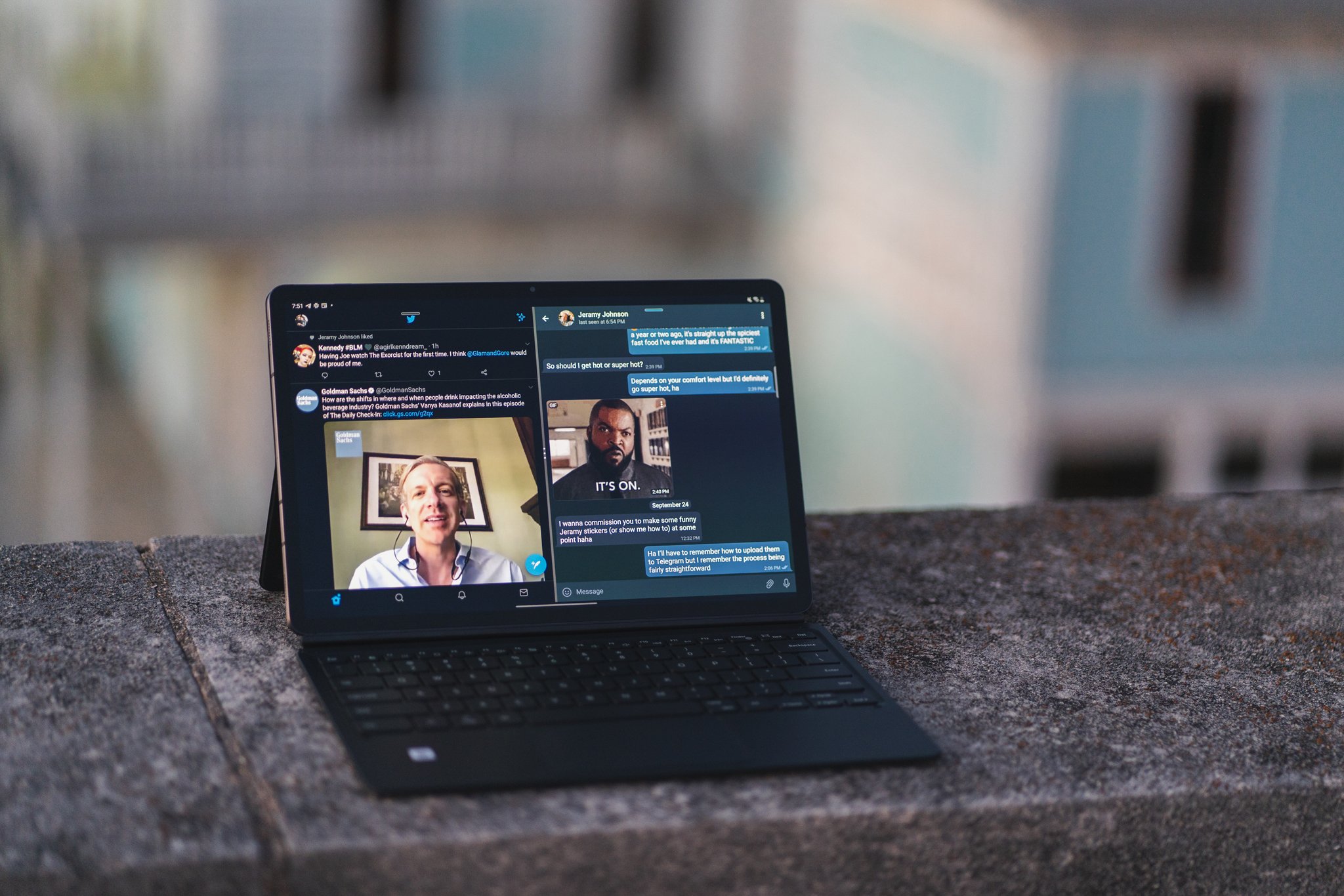
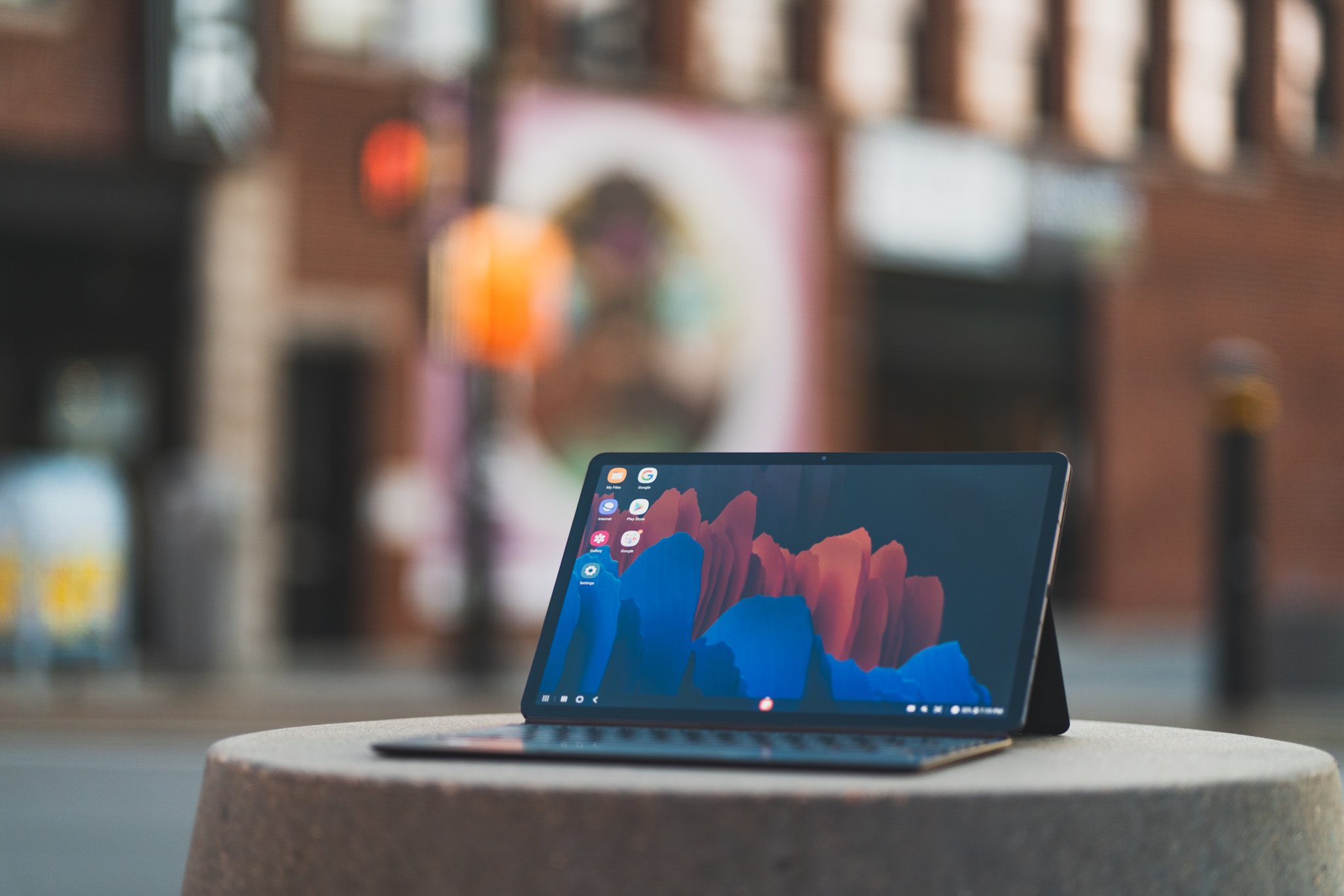
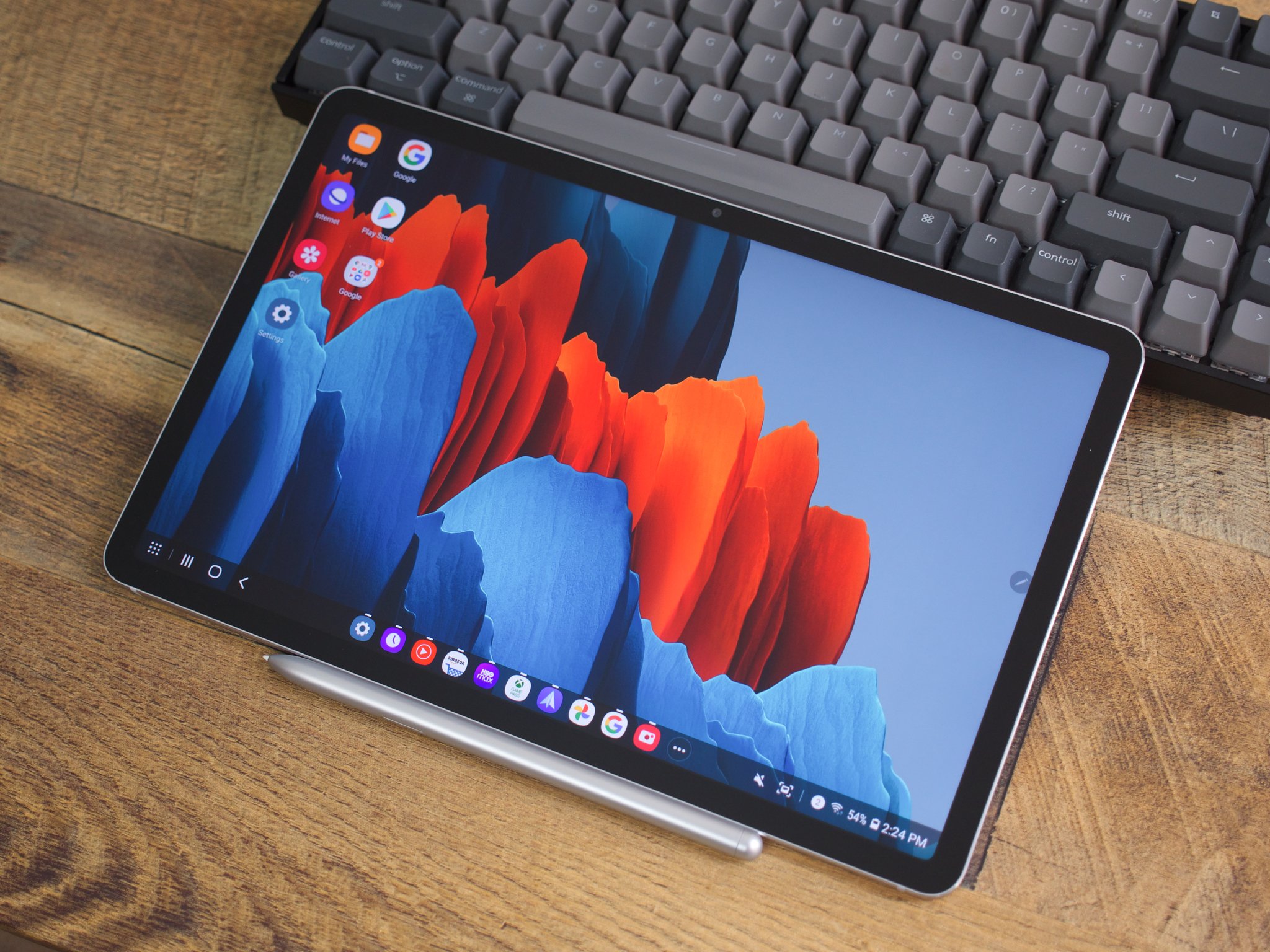
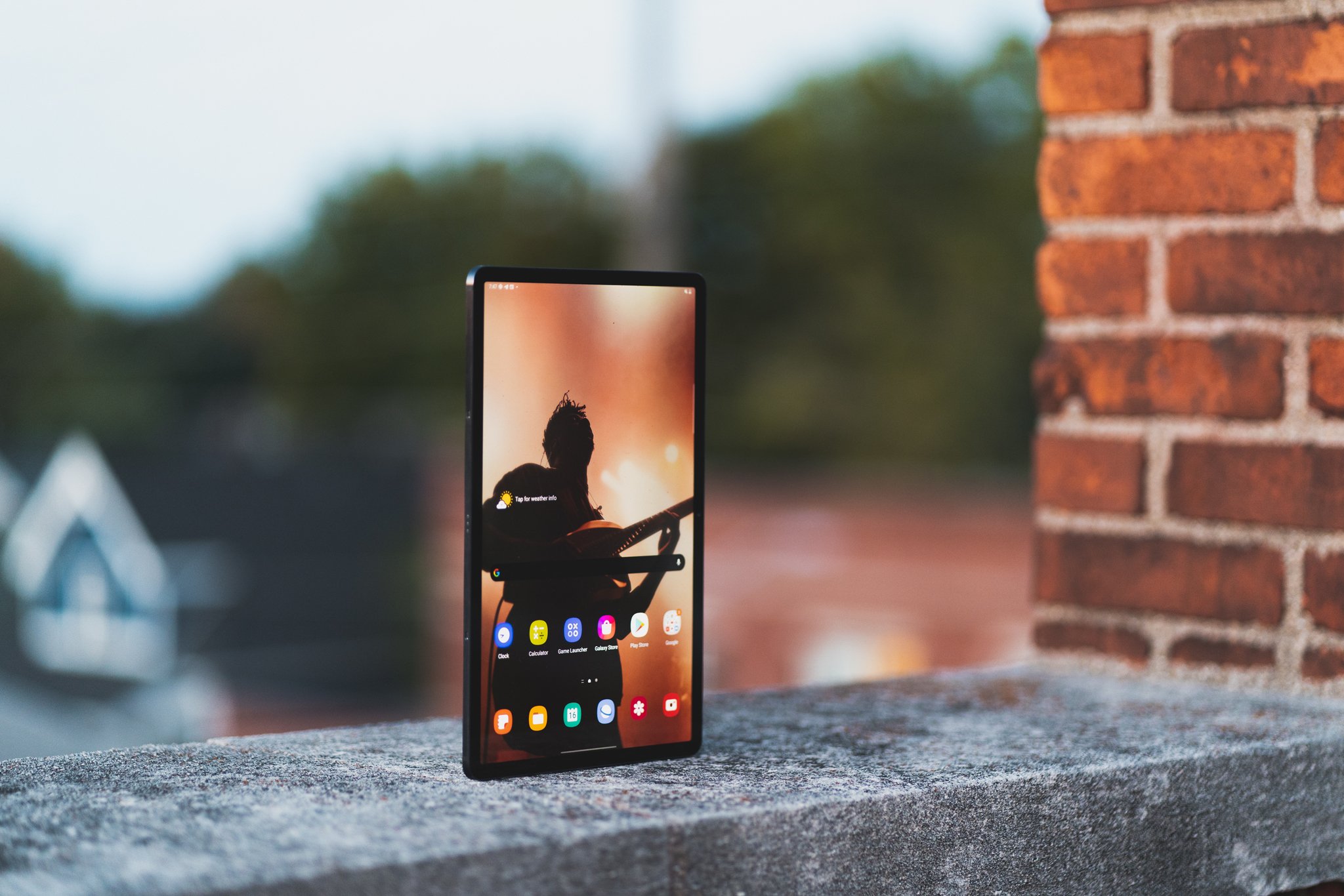
Tidak ada komentar:
Posting Komentar